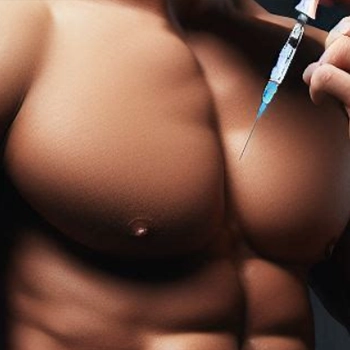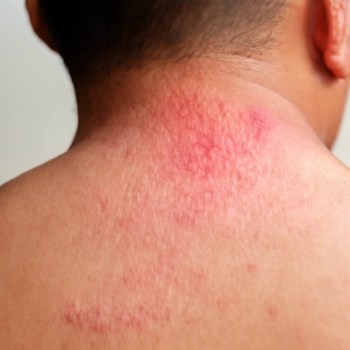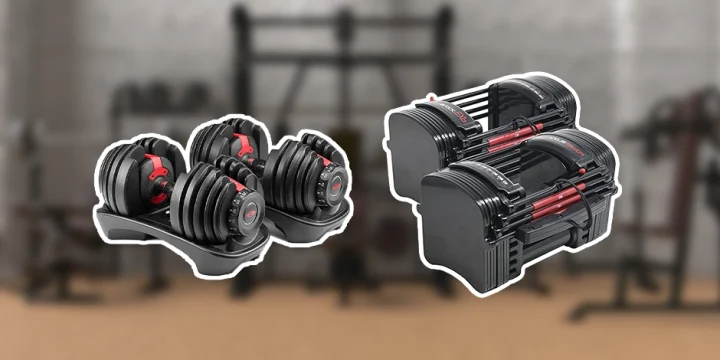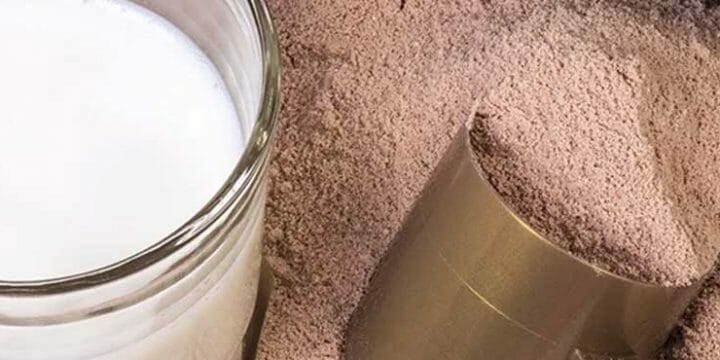As a medical doctor and a fitness enthusiast myself, I often have athletes and regular fitness fanatics come to me for my opinion on steroid use, and one of the questions they ask is whether steroids can cause rashes.
I always give my honest opinion; yes they do. But what's most interesting is how and why the rashes appear after using steroids.
To show you the science behind it, I gathered my knowledge on what I know about steroids and their side effects and also did additional research on the same.
Here's what you need to know about steroids and rashes.
Quick Summary
- Steroids can cause rashes and it is actually the second most reported side effect from steroid usage.
- The rashes from steroids appear red and with small bumps on different parts of the body.
- It takes days and sometimes weeks for the rashes to appear after steroid usage.
- From my experience, when used responsibly and under medical supervision, steroids can be the catalyst some need to push past their physical barriers.
Do Steroids Cause Rashes?

Yes, steroids can cause rashes, and they are a very common side effect. In fact, scientific studies published in the National Library of Science (NLM) have shown that some form of skin rash is the second most reported side effect of many different steroids [1].
As a medical doctor, most regular gym goers I've talked to only know of the long-term effects of steroid use. The short-term high-dose effects such as abdominal discomfort and skin rashes are almost unheard of in a typical gym setting.
The skin rashes as a result of steroid use typically appear in the third week because of two reasons:
- Corticosteroid tablets like Prednisone have a rash as a common side effect as per Medical News Today [2]. This can happen almost immediately or with a delay of a few days or weeks.
- As a withdrawal symptom from topical steroids according to Buoy Health [3]. Interestingly, the rash is not as common with oral or injected steroids.
Related Article: How Long Does It Take Prednisone to Work?
What Does a Steroid Rash Look Like?

A steroid rash will typically look like reddening of the skin with small bumps developing in some cases.
This can happen immediately or after a few weeks as per DermNet [4].
Studies published in the National Library of Medicine show that topical steroids are the predominant cause of rashes, and one in particular compared it to rosacea-like dermatitis [5].
What you would need to look out for is any combination of papules, pustules, and even inflamed blood vessels.
In the case of oral steroids, Prednisone is the main culprit, according to Mayo Clinic [6].
In most cases, these go away even during treatment, but it’s important to closely monitor any changes as it could be an early warning of more severe side effects.
This is perhaps why it's important to consult healthcare professionals like me before taking steroids.
Related Articles:
What Can You Do When This Happens?
When you notice a steroid-related rash, go see a doctor as a first step of action.
Don't treat it as a one-size-fits-all since adverse effects of steroids can vary between in-patients and out-patients. This is due to factors such as diet, rest, and immediate medical attention to in-patients.
I always advise my patients who are on steroids to be on the lookout for any side effects, regardless of how small they are and when they appear, to come see me immediately.
You see, visiting a physician and getting an early detection can help mitigate and even prevent the advancement to serious side effects such as avascular necrosis of the hip bone and toxic hepatitis.
If it indeed appears to be a form of steroid withdrawal, as previously discussed, I consistently recommend discontinuing the use of steroids without delay, a course of action supported by WebMD as well [7].
“Taking too much or stopping the steroids too quickly can cause rebound symptoms like burning, redness, and itchy skin.”
- Stephanie S. Gardner, MD at WebMD.com
On the other hand, if a rash is the result of an oral, injectable, or topical steroid and becomes very severe, then it’s likely that a doctor will recommend a different treatment option.
FAQs
What Does an Allergic Reaction to Steroids Look Like?
An allergic reaction to steroids can look like a simple rash, nausea, or even muscle pain and vision problems. The list of side effects of different steroids is very long, and that’s why a steroid cycle should be monitored by medical professionals.
How Long Does It Take for a Steroid Rash to Go Away?
It usually takes about two to four weeks for a steroid rash and other side effects to go away. This can vary from patient to patient, and it depends on other potential skin conditions and allergies.
Taking the Responsible Approach to Steroids
While steroid-related rashes are common, in most cases, they are not severe. But that doesn’t mean you should continue taking steroids without medical supervision.
The good news is that there are better alternatives, and I would recommend that you consider taking only the best legal steroids on the market that are safe and natural:
We’ve tested dozens of these products to come up with a list of those that actually work.
Try out one of these supplements and see how much of a difference it can make without any of the nasty side effects.
References:
- https://www.ncbi.nlm.nih.gov/pmc/articles/PMC3936564/
- https://www.medicalnewstoday.com/articles/drugs-prednisolone-oral-forms
- https://www.buoyhealth.com/learn/topical-steroid-withdrawal#definition
- https://dermnetnz.org/topics/steroid-rosacea
- https://pubmed.ncbi.nlm.nih.gov/19445310/
- https://www.mayoclinic.org/drugs-supplements/prednisone-oral-route/side-effects/drg-20075269?p=1
- https://www.webmd.com/skin-problems-and-treatments/psoriasis/topical-steroid-cream-withdrawal
About The Author
You May Also Like






